As a diver, I have a love-hate relationship with my hair. On land, I love my long luscious locks. I wear my hair all sorts of different ways; down, up, braided, wild and free…
But when it comes to diving, my hair turns into a tangled mess. That’s right, turns out my mane has a mind of its own. I can’t think of how many times I’ve ended up topside with a thick matted clump that has made me fear my hairbrush.
Post scuba dive hair – now that’s a scary thing. So how do you stay away from the tares, the tangles and the hours upon hours of post-dive hair brushing?
Well, I’m still working at figuring that one out, but for now here are my very best tips and tricks:
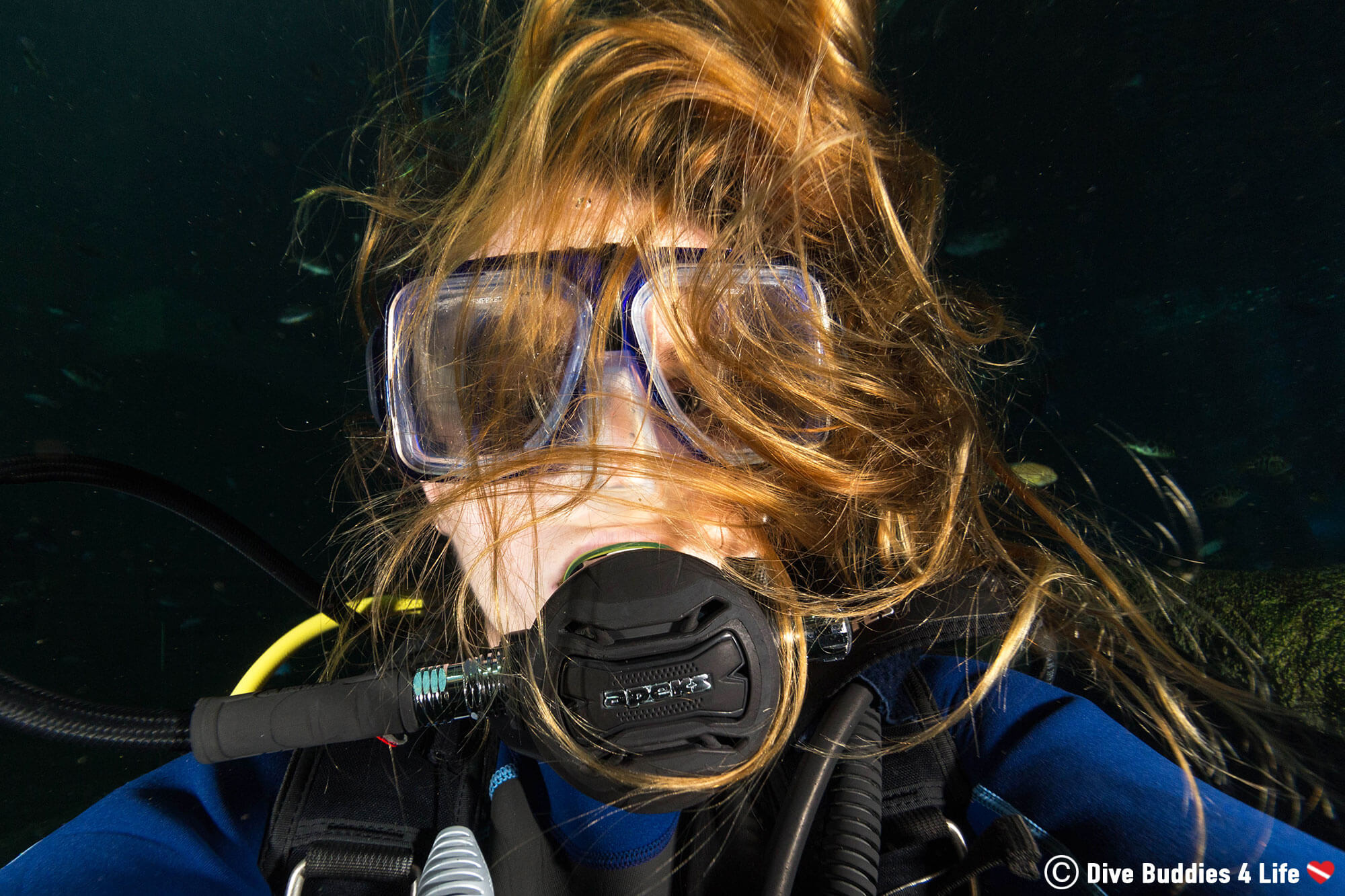
Short haired divers rejoice! You’ve got hair versus diving figured out.
For the rest of us well… If your hair is below chin level and your feeling bold, or maybe you just can’t handle post-dive maintenance, consider shortening your hair. This could be the saving grace you’ve been looking for to get rid of ratty hair.
Alternatively, opt for a bob cut – short in the back where the really bad tangles happen and longer in the front to keep the feminine look.
Is cutting your mermaid hair out of the question?? Don’t worry we don’t blame you. There are other solutions to your dive hair problem.
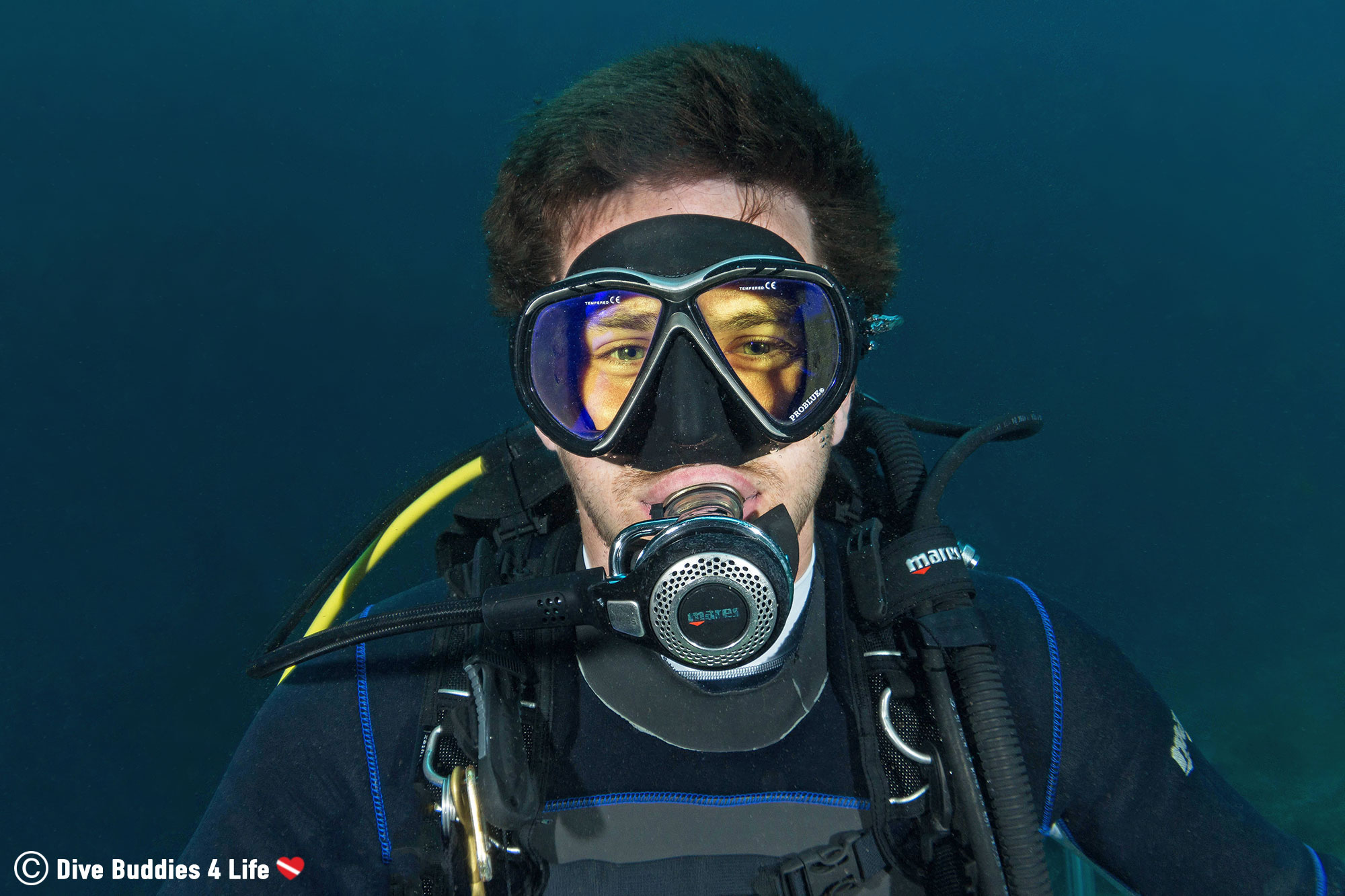
Add a splash of color to your dive ensemble with headbands.
Headbands are a fun and effective way to keep your hair out of your face while scuba diving. You can find them in thick and thin sized material and all the different colors of the rainbow. If you’re feeling creative, you can even make your own headbands.
Once you’ve found a headband that suits your fancy, the next step is figuring out how to wear it in a way that is compatible with your mask.
Lady divers are not always a fan of hoods, but as an avid cold water diver, I assure you – they work. Hoods are probably one of the most effective solutions to our dive hair problem.
Neoprene hoods keep your hair contained and tucked away for the duration of the dive. They are easy peasy and don’t require much pre-dive planning. Hoods come in a variety of different styles ranging from small beanies that attach around your chin to full fledge hoods that cover the head and neck.
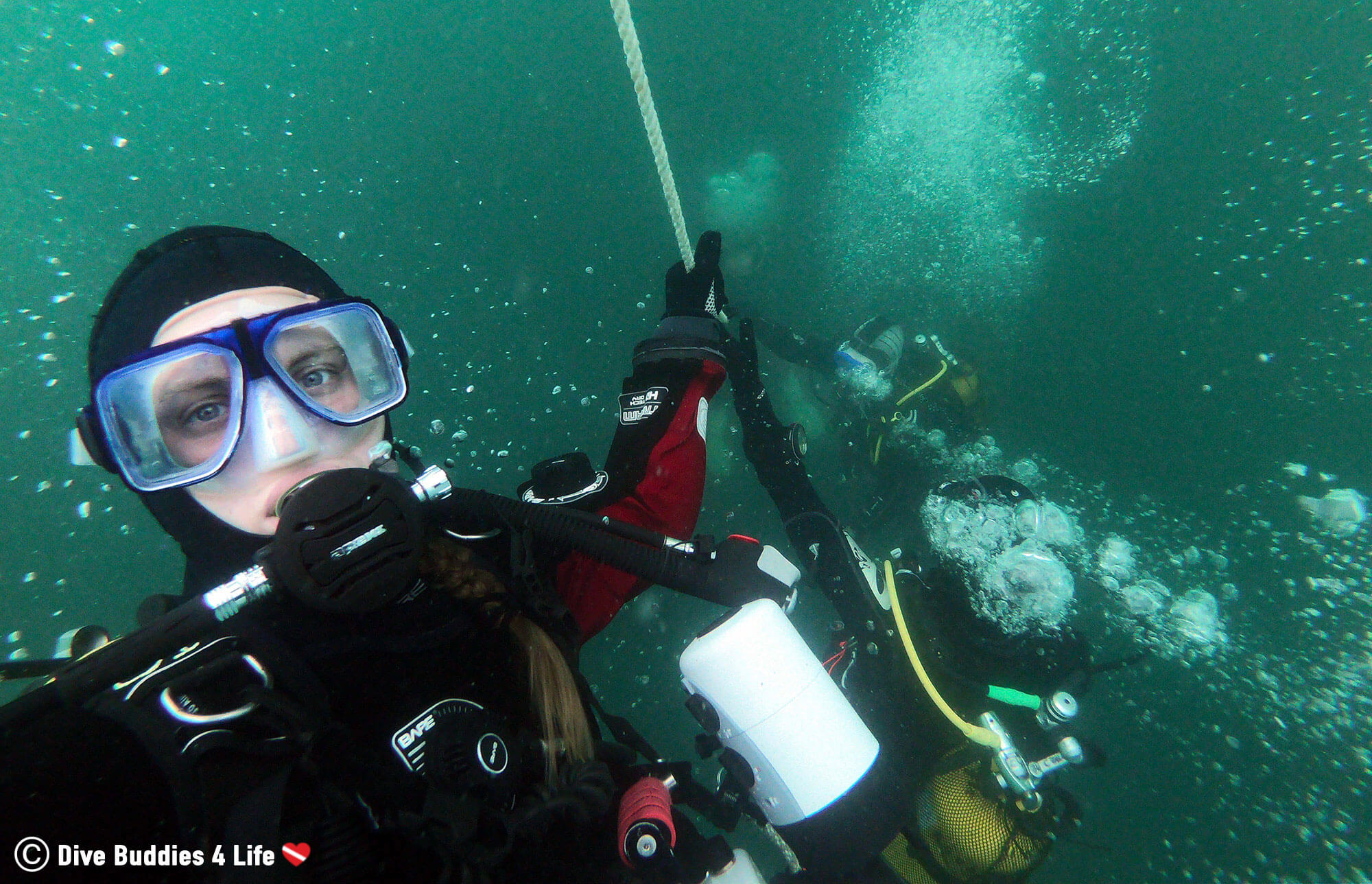
Braids are excellent, and my preferred, way to keep your hair out of your face and out of your way during a dive.
There are so many different styles of braid options out there; single, double, french. Overall braids really hang on to that hair underwater. They work well on any length of hair and keeps the loose flyaways (like your bangs) tight and secure. What’s also good, is that generally speaking braided hair comes out hassle free afterwards.
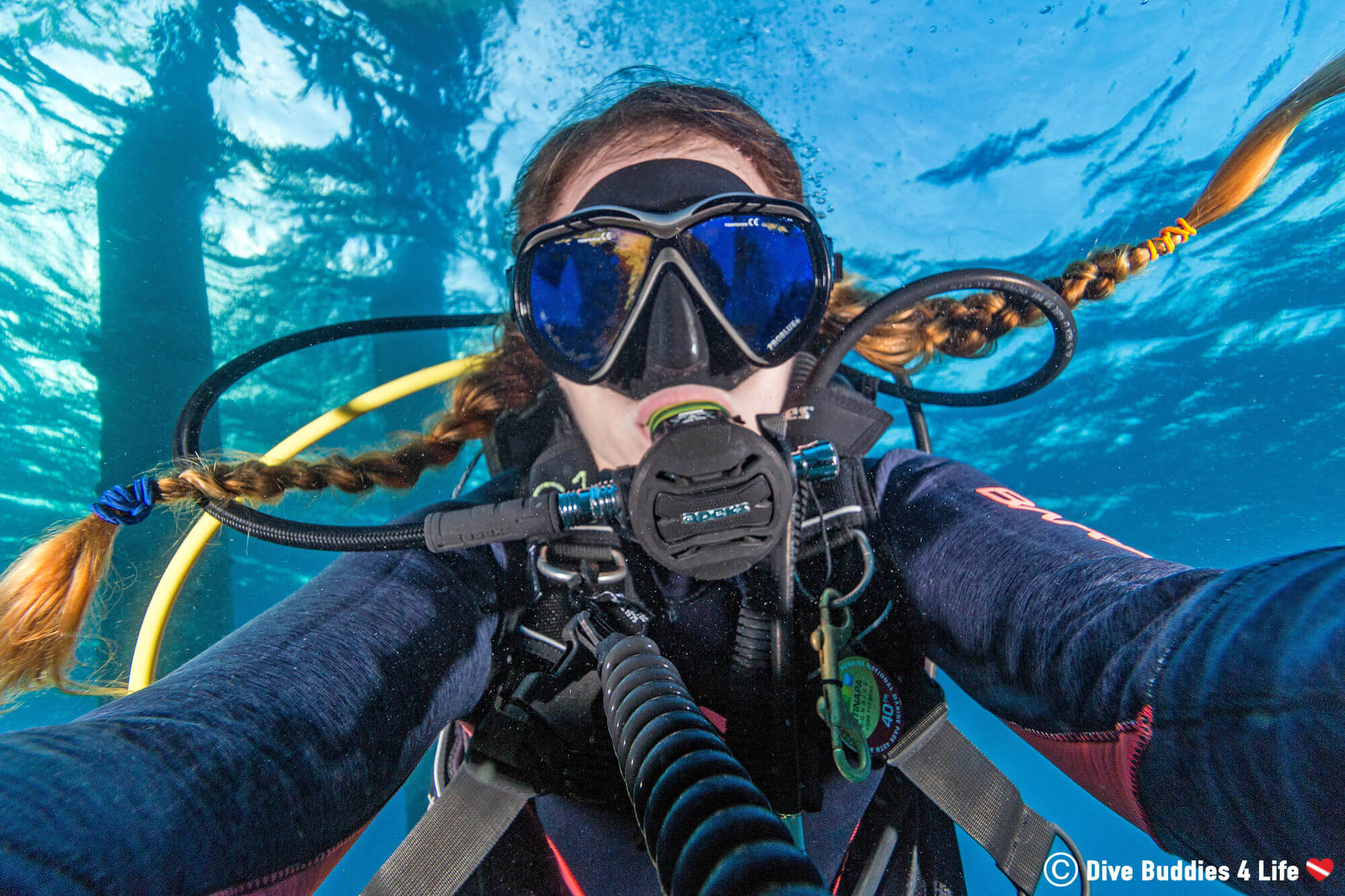
The standard gooey rubber mask strap and hair don’t mix.
They rip, they tear and sometimes you even need to cut your hair to get said mask strap off.
Solution – a neoprene mask strap which slips over the standard rubber strap. Not only does a neoprene mask strap solve a major female catastrophy, the rubber strap grabbing and ripping out your hair, it also makes your mask fit more comfortably on the back of your head.
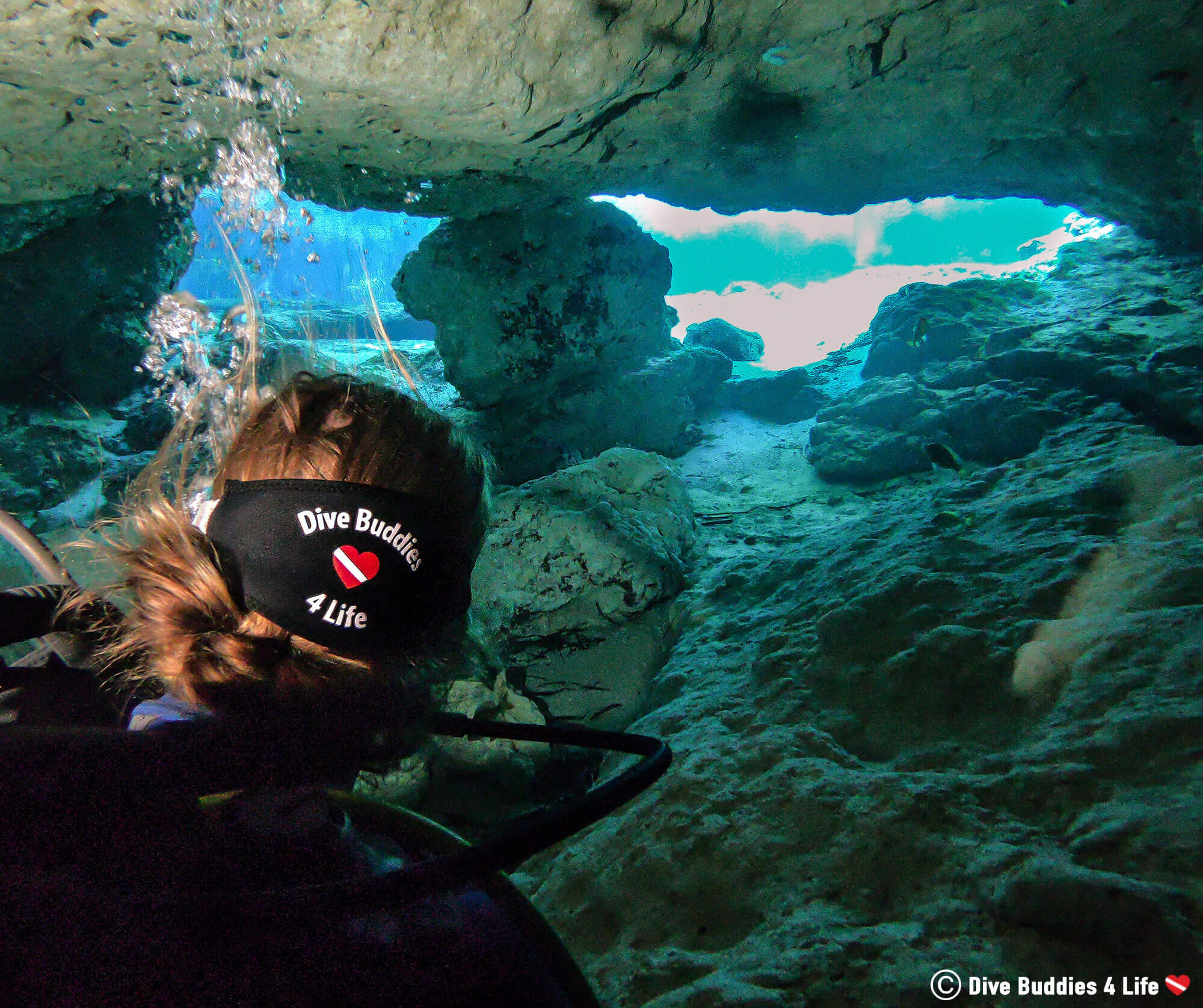
A good old fashion ponytail is probably the easiest way to keep your hair contained while scuba diving. With one or two elastics you just twist your hair onto the top of your head and away you go.
But that being said, ponytails will not always leave your hair untangled.
Instead of letting your ponytail fly free, try giving yourself a multi-banded ponytail, Princess Jasmine style. Tie off the main ponytail and then at separate intervals a few inches apart place another elastic.
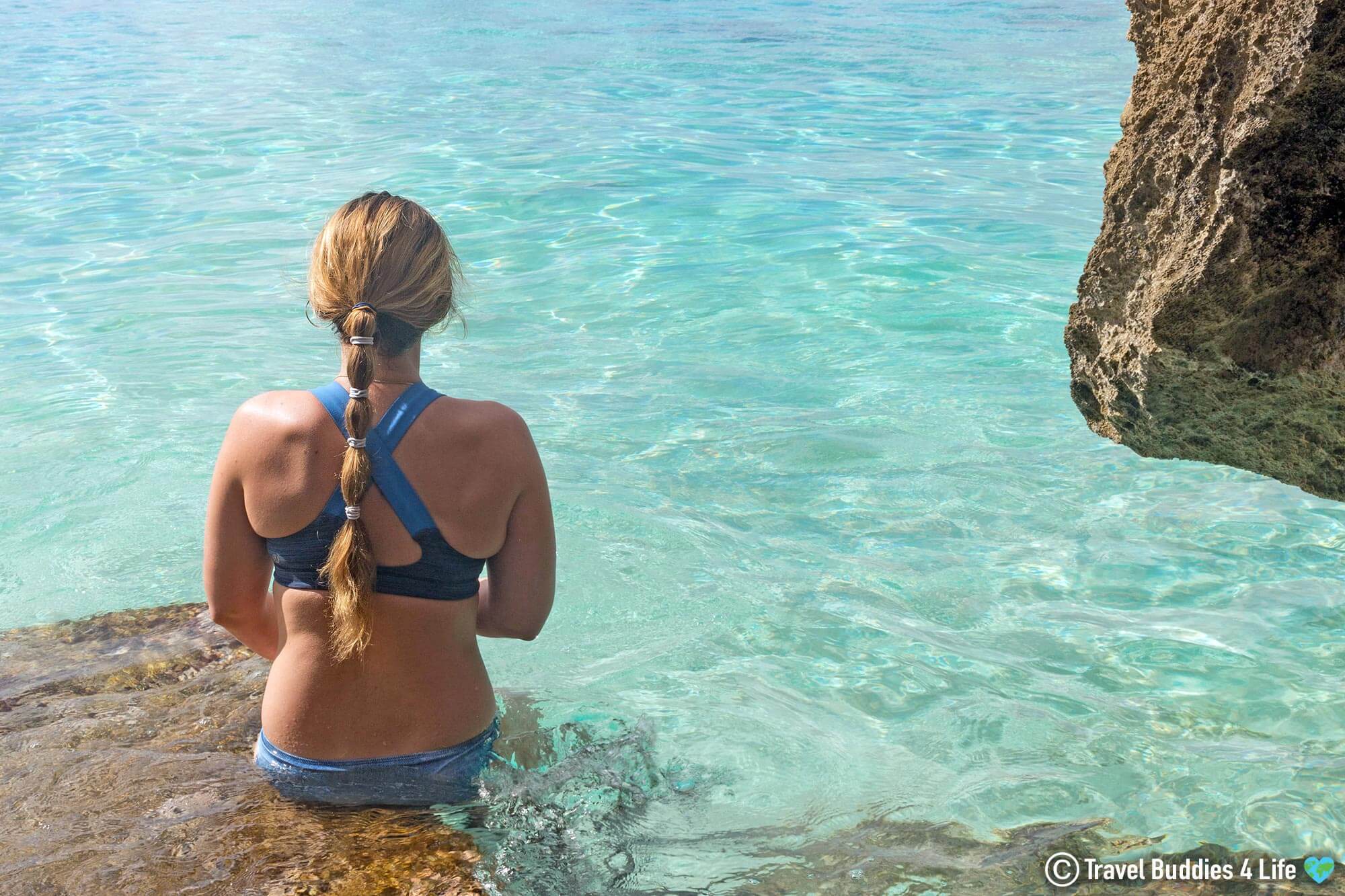
Having long hair as a scuba diver is both a blessing and a curse. I love the mermaid feeling that it gives me when I leave it loose in the water, yet I hate the fact that it tangles in my first stage, regulators and mask.
As female scuba divers, it’s true scuba diving is not a fashion show, but we still all like to keep our hair out of our face and come out of the water NOT looking like Medusa’s twin sister.
Hey dive ladies for life, how do you keep your hair under control when diving? Message us below with your favourite dive hairstyles and solutions to this never-ending battle.
Writers Note: This post may contain affiliate links. We will make a small commission if you make a purchase through one of these links, at no extra cost to you. See full disclosure and disclaimer policy here.


It’s a tale as old as time - women fighting against the assumption that they are weaker than men, women trying to rise in the ranks in a primarily male-dominated industry. And the battle is making progress, but it isn’t over yet...

Many scuba diving agencies that play a role in training divers. Here is a look at SEI, PADI, NAUI, and SSI, the top scuba agencies in the world.

For some scuba diving is more than just a hobby - it’s a lifestyle. Here is everything you should know about getting your divemaster certification.
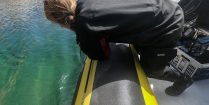
As a diver, sometimes you get hit with seasickness. Here are our solutions to dealing with seasickness before and during your dive.

Organizing a dive vacation can be a challenge. To help, keep these four questions in mind when planning your next scuba diving vacation.

Fluodiving, fluorescent night diving, UV diving, glow diving - goes by many names. But no matter what you call this vibrant type of diving, the optical magic of fluorescence adds a totally new dimension to your night diving repertoire.
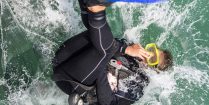
No matter what level of diver you are, scuba backroll entries are a fun-filled way to get off the dive boat and get into the water.

If marine animals could talk here's what they would say to scuba divers this Valentine’s Day.
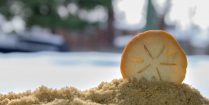
When you can’t be frolicking at the beach, why not bring the beach home to you with these festive sand dollar shortbread cookies.

Are you a pig on air? You are not alone. Find out how you can get more out of your scuba diving tank.

Everybody loves the idea of scuba diving, but the aspect of post dive cleanup is a much different story. It’s long, it’s tedious and it almost impossible to do it without getting wet - yet again.

Sometimes a dive doesn’t go according to plan and when that happens, it’s important to be seen. Learn all about surface markers and why you should have one.

Nice post! I think many girls got into this hair problem while diving. Thanks for sharing.